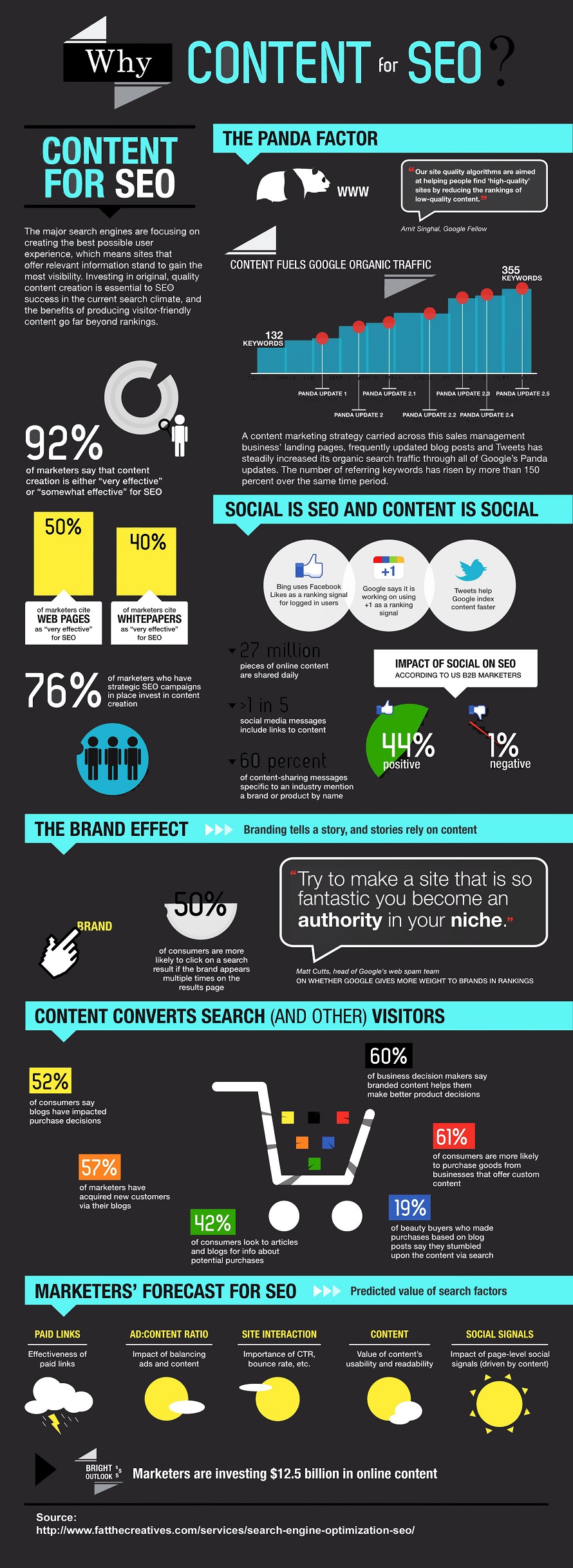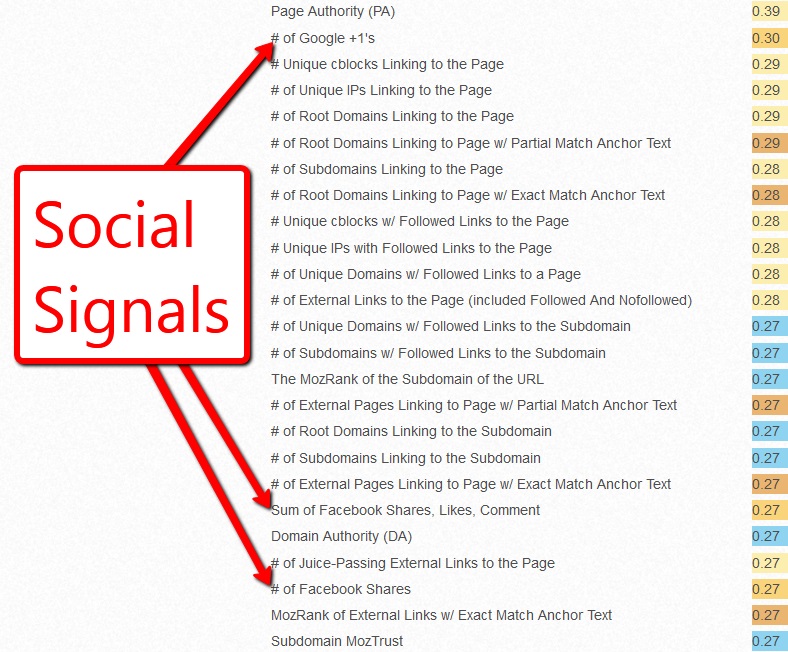How mobile has changed the way we search, based on 10+ years of eye-tracking studies
How has the rise of mobile changed the way people view Google SERPs? Contributor Kristi Kellogg summarizes a session from SMX East in which Mediative's Chris Pinkerton discusses the results of eye-tracking studies.
Chris Pinkerton, the vice president of business development at Mediative, has been tracking the ways viewers look at the Google search engine results page (SERP) since 2003. In that time, Mediative’s eye-tracking studies have revealed major shifts in the way users consume the SERP.
At SMX East 2016, he explored the ways the proliferation of mobile devices have deeply impacted user search behavior on both mobile and desktop searches.
Pinkerton asserts that search activity, psychologically speaking, is mindless activity. It’s mindless because of the habits that form with the devices we use.
Chris Pinkerton
Habits are a very powerful thing to start to understand. Developing a habit of consuming information on a desktop in a certain way changes the way you consume content.
Looking back at 2003, Google became the dominant search engine because it drove people to find information faster than its competitors. That created habitual behavior — people found content the fastest on Google and kept coming back.
(As an aside, Bing has implemented programs to pay people for their search behavior in an attempt to break these deeply ingrained habits and introduce a new behavior.)
In 2005, there was a Golden Triangle pattern when it came to eyeballs on the Google SERP. But in 2016, this pattern is vastly different (see below), due in large part to mobile. It’s changed the way people consume the SERP and the speed at which they consume it. Users spot-scan and find what is contextually relevant for them.
Mobile devices have habitually conditioned searchers to scan vertically more than horizontally. This has translated to desktop search as well. People are viewing more search listings during a single session but are spending less time viewing each one.
Users are looking the front end of search listings, so make sure your main message comes first. While it used to take a user 2.6 seconds to consume a SERP, that time has been cut in half, to 1.3 seconds, Pinkerton said.
Regardless of mobile’s impact, the No. 1 organic listing captures the most click activity, regardless of what new elements are presented. However, it takes 87 percent longer for the No. 1 organic listing to be first seen on a mobile device vs. desktop, he said.
Statistics that will impact your digital marketing strategy
Knowledge Graph
- With a Knowledge Graph panel on the SERP, almost 22 percent fewer clicks went to the top No. 1 organic listing.
- 93% of searchers look at the Knowledge Graph panel.
- 49% of searchers click on the Knowledge Graph panel.
19% of mobile SERP clicks on average went to the top 2 sponsored ads, compared to 15% on desktop. #smx #sem @Mediative
Local listings and map
- 47% more clicks on the map and local listing occur when positioned above the organic listings.
- 10% of clicks on local listing on average.
- 51% more searchers view the local listings and map when positioned above the organic listings.
Star ratings
- Listings with star ratings capture 24% of page clicks on average.
Sponsored listings
- Top sponsored listings are viewed after 0.36 seconds on average.
- 2% of clicks on the top two sponsored listings on mobile vs. 14.5% on desktop.
- The top organic listing gets 10% fewer clicks when three sponsored listings are present vs. one sponsored listing.
Organic listings
- Top organic listings capture the most search activity (33.2%).
- 5% of searchers on average look at the top organic listing.
- 57% of clicks go to the top four organic listings on average.
- Only 7.4% of the clicks that occur are below the fourth organic listing on mobile vs. 16% on desktop.
Read Mediative’s full eye-tracking report (registration required). See how user behavior has changed in just the last two years with my reports from SMX East 2014 and 2015.
Source : http://searchengineland.com/mobile-impacted-way-search-based-10-years-eye-tracking-studies-260052?utm_source=marketo&utm_medium=email&utm_campaign=newsletter&utm_content=scap&mkt_tok=eyJpIjoiTURJeU0yUm1NV00wTm1RMiIsInQiOiI2aUtEVXVQWWZHTEtkQkZIODNKR3ZzZDVrRkE1MDUxWUpyMGFtTW14MDEzVGxBSXNHYzA0QXp5TFRyVjFMQ1pxSXpZQzFLKzBuek1BZU5iMnZhNmdhNnV1cmdBRFlyc0FOMXgwZ3pDXC94Mkk9In0%3D

 Auto SEO and long tail search keywords defined
Auto SEO and long tail search keywords defined With all of that out of the way, let's get to the point. There are three types of marketing. Despite all of the various names - push and pull marketing, social media marketing, gravitational marketing, search marketing, influence marketing, content marketing - the easiest and arguably most pure way of looking at it is to tackle everything from a perspective of venue and intent. Where are the people going and what are they doing when they get there? It's important for me as well as business owners to look at it from this perspective because the collision of the various marketing types is forcing a holistic marketing model to outperform niche marketing techniques or specialized strategies.
With all of that out of the way, let's get to the point. There are three types of marketing. Despite all of the various names - push and pull marketing, social media marketing, gravitational marketing, search marketing, influence marketing, content marketing - the easiest and arguably most pure way of looking at it is to tackle everything from a perspective of venue and intent. Where are the people going and what are they doing when they get there? It's important for me as well as business owners to look at it from this perspective because the collision of the various marketing types is forcing a holistic marketing model to outperform niche marketing techniques or specialized strategies.







